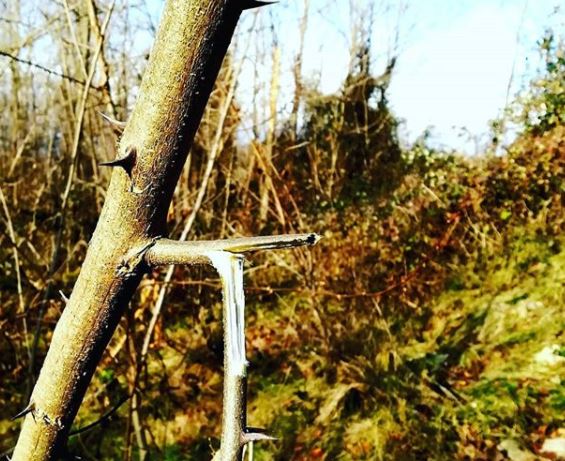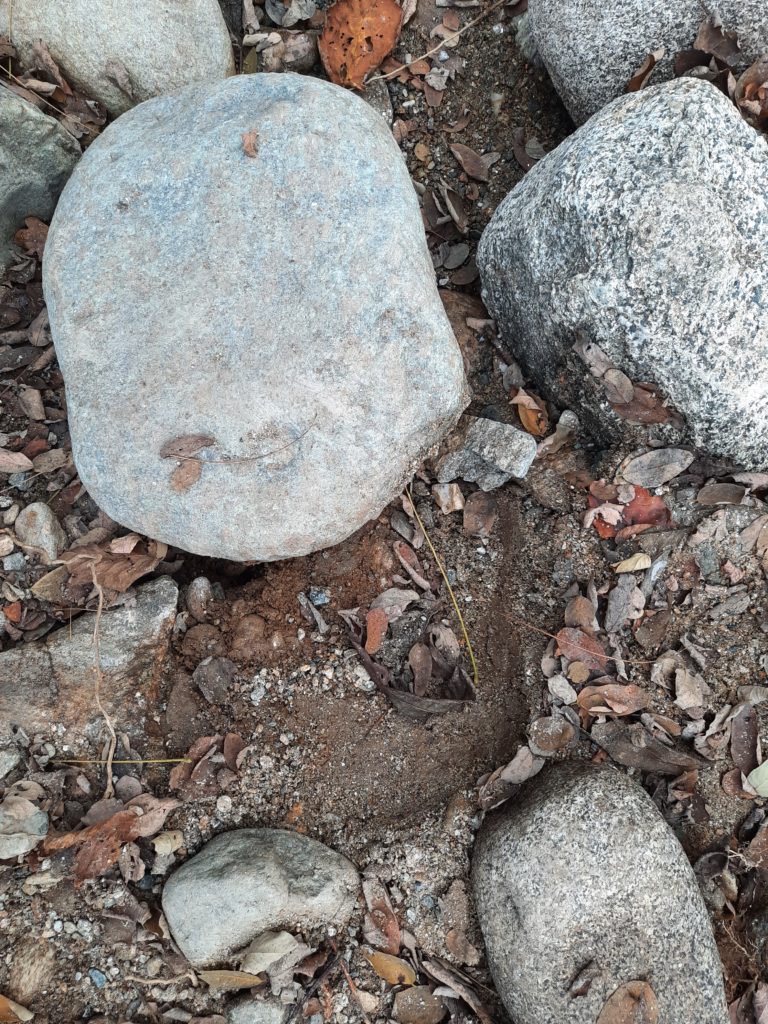An Ancient & Valuable Skill
Tracking men and animals is an ancient and fascinating skill which has been handed down for centuries. This skill has been continually improved, especially when it comes to using technology.
Tracking men and animals has been widely applied in different fields, from tactical exercises, to search and rescue, to wildlife conservation, and forensics.
In an emergency situation the art of tracking can truly make a difference. However, before learning how to cover your tracks, you must become a proficient tracker by putting yourself in the field and applying your abilities to detect and follow tracks, taking into consideration:
- The gear you have on
- Weather conditions
- The type of soil
Being “track aware” gives you the ability to effectively track and not be tracked.
![]()
How the art of tracking works
The one essential element to be effective in anti-tracking is observation.
In fact, visual investigation not only brings you into the development of your awareness in any context (I’m talking not only of the great outdoors, but also metropolitan area scenarios). However, awareness also gives you all the crucial elements in order to understand what really happened at a specific place and time. This is, essentially, the goal of the art of tracking.
Long story short, tracking can be seen as solving a puzzle: you pick up all the pieces, then you analyze them and ultimately you then see the whole picture, or most of it.
If this seems easy, putting yourself in the dirt will likely prove the opposite. “Dirt time” is the expression employed by trackers to describe the time spent following track lines.
Certainly some terrains are more likely to contain and retain tracks (so called “track traps” in the tracking terminology,) like muddy or sandy soil. Tracking gets really tough on surfaces like leaf litter (or on pine needles fallen to the ground), craggy slopes or freshly bush hogged prairies.
The more a terrain is arid, the more challenging following tracks will turn to be. In fact, those tracks – entire or partial – that you can clearly see on a specific soil, mostly rich of humidity, elsewhere can appear to be quite impossible to detect. Especially for Novice Trackers. However, if you apply common sense you’ll do good in this art, gaining experience day by day.
Respecting, and never underestimating the terrain, is the starting point. Especially if you find yourself in a bug-out situation.
Anti-tracking and counter-tracking
Relative to anti-tracking and counter tracking techniques that may be applied in any evasion scenario, let me quote this sentence:
“Of all the specialist activities relevant to the prosecution of a counter-insurgency campaign, none is more important than the provision of trackers.” – Frank Kitson, British counter-insurgency practitioner, and theorist.
The term “counter-tracking” stands for all the techniques and strategies employed to reduce the effectiveness and speed of the tracker and/or the whole C.T.U. (Combat Tracking Unit), or even to defeat him. In a worst case scenario, through the employment of IED (Improvised Explosive Devices, or Booby Traps, mines and so on), counter-tracking can be deployed eliminate the Tracker .
All the books related to combat tracking emphasize the fact that the tracker must always stay vigilant and be 100% aware if any of these techniques have been used.
There are three main categories of the most common anti-tracking and counter-tracking techniques:
- Speed/distance
- Deception
- Offensive
Making it effective: the British anti-tracking principles
In the pursuit to apply anti-tracking techniques we must avoid any movement, break or disturbance that can easily give away our position, as the British anti-tracking principles underline.

We need to avoid:
- Leaving the geometry of our pattern – the shoe sole design – (even portion of it) on “track traps”
- Bending any twigs on upper vegetation if we can move it
- Breaking any twigs on plants what we can simply flex
- Cutting any twigs or plants, to start fires
- Laying on soft terrain
- Using deodorants
If we find ourselves in need of covering our tracks we can resort to:
- Changing direction at a certain point, like a tree, or a river
- Bomb shelling (splitting the group of us)
- Cutting the corner of a trail
- Crossing a stream or a river
Deception techniques can vary a lot, but they’re strictly connected to:
- Our abundance. or lack of, resources
- The features of the situation
- The scenario we’re in
Knowing which one appears to be the best to apply is up to our experience and analysis of what the situation requires us to do.
When we move through a scenario (indoors or outdoors), we always leave signs of our passage.
What if we want to leave the minimal amount of traces? In order to achieve that goal, we need to tune our actions in relation to the scenario we are in.
The protagonist of tracking is the terrain, along with the lower and upper vegetation. When we need to cross a specific area we must consider the main geographical features, such as steep slopes, type of vegetation, natural obstacles, and the presence (or absence) of routes.
The terrain and the upper vegetation: our best ally or worst enemy
If you’re familiar with a certain place, you’re probably aware how the substrate reacts to your passage at different times. This means you’re probably aware that some areas offer less evidence of your passage because of the presence of craggy or rocky terrain, which makes a tracking mission extremely hard.

A meticulous tracker gains experience through their own “dirt time”.
You can consolidate a mental database of how tracks appear in a certain context, also considering the variability of weather conditions and their effect on the “aging” of tracks (making tracks older) and how long they will remain visible.
If you find yourself in an unfamiliar place, and you want to move across it leaving minimal signs, you need to:
- Index the terrain in order to understand how the soil reacts to your stepping on it
- Look for evidences of recent passage by other people and/or vehicles
- Scan the area in order to get as much information as possible
- Carry only essential gear in order to be lighter
Other techniques to leave minimal signs
I’m sure you can think of other methods you’ve probably noticed in movies and TV shows:
- Wearing shoes that resemble animal tracks (for example, the famous Moonshine shoes which appeared to leave cow tracks).
- Wearing shoes with no pattern design (shoe sole design) or wearing socks over shoes
- Using pieces of carpets or blankets underneath your soles to conceal the shoe design
- Using main routes in order to confuse your tracks with other people
- Jumping from stone to stone or only walking on hard surfaces
- “Rushing out” or camouflaging the tracks
- Walking through a stream
- Walking backwards
Do anti-tracking techniques really work?
The real question is: do all these techniques really work if you want to move through an area like a ghost? Some of them can help, but they may not go unnoticed to an experienced tracker.
Also, many popular deception techniques require a significant amount of time and resources, which represents their biggest flaw.
The KISS (Keep It Simple, Stupid) principle works better when it comes to hiding your tracks. It just depends on the scenario and the situation, as well as your physical and mental conditions.
If you have no choice, apply common sense and don’t be in a rush. Before leaving any signs of your passage, consider how your tracks will look like, especially to an experienced pair of eyes.
Kyt Lyn Walken
- Certified Wildlife Conservation Ranger at Conservation Ranger Operations Worldwide
- Official Representative & Instructor at Hull’s Tracking School
- Directora de Rastreo Humano por Dynamic Tracking (Spain)
- The way of Tracking – European Mantracking School
